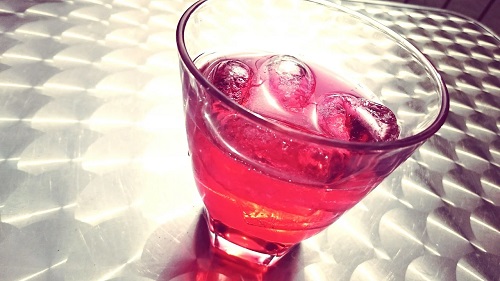 The appeal from the refusal of an application by Hamdard National Foundation for an interim injunction against Sardar Laboratories, the subject of previous commentary, has succeeded. The appellant claimed that the use by the respondent of the trademark Sharbat Dil Afza, registered in classes 5 and 32, caused confusion with its own registered trademark Sharbat Rooh Afza or Rooh Afza.
The appeal from the refusal of an application by Hamdard National Foundation for an interim injunction against Sardar Laboratories, the subject of previous commentary, has succeeded. The appellant claimed that the use by the respondent of the trademark Sharbat Dil Afza, registered in classes 5 and 32, caused confusion with its own registered trademark Sharbat Rooh Afza or Rooh Afza.
The appellant claimed that its mark, Rooh Afza, was one of the most well-known marks relating to sharbats. In 2020, the appellant learned that the respondent was advertising sharbat with the mark Dil Afza. The get-up and design of the product, including the bottle, was deceptively similar to the trade dress and get-up of the appellant’s product.
The respondent contended that it was the registered proprietor of the trademark Sharbat Dil Afza and the infringement action was not maintainable. Further, no confusion had been caused by its use of the Sharbat Dil Afza mark. The respondent argued that the trademark consisted of Urdu language words meaning “heart” and “increasing or giver of plenty” and the appellant could not claim any exclusive right over the word afza. The trademarks Rooh Afza and Sharbat Dil Afza were used in conjunction with the respective house marks Hamdard and Sadar, further differentiating them.
Dismissing the original application, the court held that the appellants could claim exclusivity only in respect of the complete trademark Rooh Afza and not the two words, rooh and afza, that made up the trademark. The court rejected the similarity between the competing marks because of the distinct meanings of the words rooh and dil.
The court in the appeal identified several factors to be considered in ascertaining the likelihood of confusion. The three tests of visual impression, verbal sound and meaning have long been accepted in determining the similarity between competing marks. The original court had correctly held that the two trademarks are composite marks and the words Rooh Afza and Dil Afza should not be dissected. Similarity must be decided on the marks as a whole. However, in determining whether the composite marks are deceptively similar, it is permissible to examine a dominant part.
The court held that an integral part of each trademark was the Urdu word afza, meaning increasing or giver of plenty, which is descriptive neither of sharbats nor of their attributes. The use by the respondent of the word afza in relation to sharbats, had to be examined as it was a significant part of the appellant’s trademark. As both composite marks ended with afza, there was similarity between them. The court acknowledged that words with a similar meaning or close connection may lead to confusion with other words. It noted that the Urdu words rooh, meaning soul, and dil, meaning heart, are often used in conjunction. In assessing the similarity between the trade dress of the two products, the court found that they had the same deep red colour, texture, bottle appearance, placement of rings and trademark labels, leading to a recall by any consumer. The overall impression of the trade dress was held to be similar. The court found in favour of the appellant that the commercial impression of the challenged trademark was deceptively similar to the appellant’s trademark.
The court held that the appellant’s Rooh Afza mark had acquired considerable goodwill, requiring a high degree of protection. The finding of the original court that the marks had coexisted for a sufficient period without confusion was in error as the market use of medicinal syrup (class 5) is different from the market use of non-alcoholic beverages (class 32), the use of the latter being contested by the appellant. The court allowed the appeal and made an interim order as absolute until the end of the case. The respondent must not manufacture or sell syrups and beverages falling under class 32 under the trademark Dil Afza.
The appeal reaffirms that the tests of sight, sound and meaning are key factors in determining similarity where competing marks are not to be broken into their components but are to be compared as a whole. However, the dominant part of each mark can be taken into consideration and the overall impression created by the marks on the particular consumer segment plays a pivotal role. To be dissimilar, the differences between the marks must outweigh the similarities.



